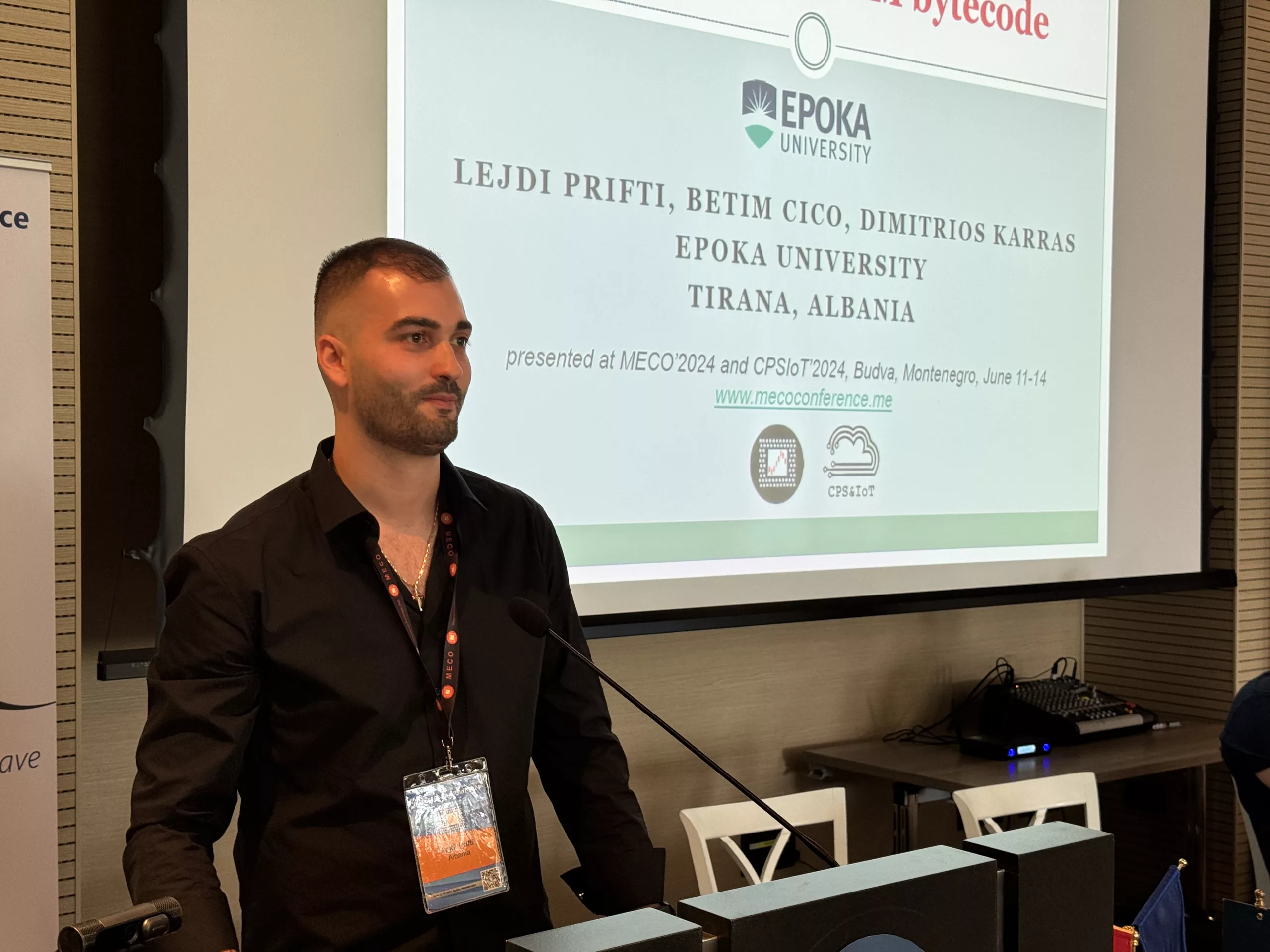FROM docker.io/bitnami/minideb:bullseye
ARG JAVA_EXTRA_SECURITY_DIR="/bitnami/java/extra-security"
ARG TARGETARCH
LABEL com.vmware.cp.artifact.flavor="sha256:1e1b4657a77f0d47e9220f0c37b9bf7802581b93214fff7d1bd2364c8bf22e8e" \
org.opencontainers.image.base.name="docker.io/bitnami/minideb:bullseye" \
org.opencontainers.image.created="2023-10-24T13:50:10Z" \
org.opencontainers.image.description="Application packaged by VMware, Inc" \
org.opencontainers.image.licenses="Apache-2.0" \
org.opencontainers.image.ref.name="22.0.5-debian-11-r0" \
org.opencontainers.image.title="keycloak" \
org.opencontainers.image.vendor="VMware, Inc." \
org.opencontainers.image.version="22.0.5"
ENV HOME="/" \
OS_ARCH="${TARGETARCH:-amd64}" \
OS_FLAVOUR="debian-11" \
OS_NAME="linux"
COPY prebuildfs /
SHELL ["/bin/bash", "-o", "pipefail", "-c"]
# Install required system packages and dependencies
RUN install_packages ca-certificates curl krb5-user libaio1 procps zlib1g
RUN mkdir -p /tmp/bitnami/pkg/cache/ && cd /tmp/bitnami/pkg/cache/ && \
COMPONENTS=( \
"wait-for-port-1.0.7-2-linux-${OS_ARCH}-debian-11" \
"java-17.0.9-11-1-linux-${OS_ARCH}-debian-11" \
) && \
for COMPONENT in "${COMPONENTS[@]}"; do \
if [ ! -f "${COMPONENT}.tar.gz" ]; then \
curl -SsLf "https://downloads.bitnami.com/files/stacksmith/${COMPONENT}.tar.gz" -O ; \
curl -SsLf "https://downloads.bitnami.com/files/stacksmith/${COMPONENT}.tar.gz.sha256" -O ; \
fi && \
sha256sum -c "${COMPONENT}.tar.gz.sha256" && \
tar -zxf "${COMPONENT}.tar.gz" -C /opt/bitnami --strip-components=2 --no-same-owner --wildcards '*/files' && \
rm -rf "${COMPONENT}".tar.gz{,.sha256} ; \
done
################# BEGIN MODIFY WITH YOUR OWN CODE ####################
COPY quarkus/dist/targetkeycloak-22.0.5.tar.gz /tmp/bitnami/pkg/cache/keycloak-22.0.5-linux-amd64-debian-11.tar.gz
ENV COMPONENT="keycloak-22.0.5-linux-amd64-debian-11"
RUN cd /tmp/bitnami/pkg/cache/ && \
tar -zxf "${COMPONENT}.tar.gz" -C /opt/bitnami && \
rm -rf "${COMPONENT}".tar.gz
################# END MODIFY WITH YOUR OWN CODE ####################
RUN apt-get update && apt-get upgrade -y && \
apt-get clean && rm -rf /var/lib/apt/lists /var/cache/apt/archives
RUN chmod g+rwX /opt/bitnami
COPY rootfs /
RUN /opt/bitnami/scripts/java/postunpack.sh
RUN /opt/bitnami/scripts/keycloak/postunpack.sh
ENV APP_VERSION="22.0.5" \
BITNAMI_APP_NAME="keycloak" \
JAVA_HOME="/opt/bitnami/java" \
PATH="/opt/bitnami/common/bin:/opt/bitnami/java/bin:/opt/bitnami/keycloak/bin:$PATH"
USER 1001
ENTRYPOINT [ "/opt/bitnami/scripts/keycloak/entrypoint.sh" ]
CMD [ "/opt/bitnami/scripts/keycloak/run.sh" ]



[…] If you are facing a similar issue, I wrote about this activity in the following article. […]